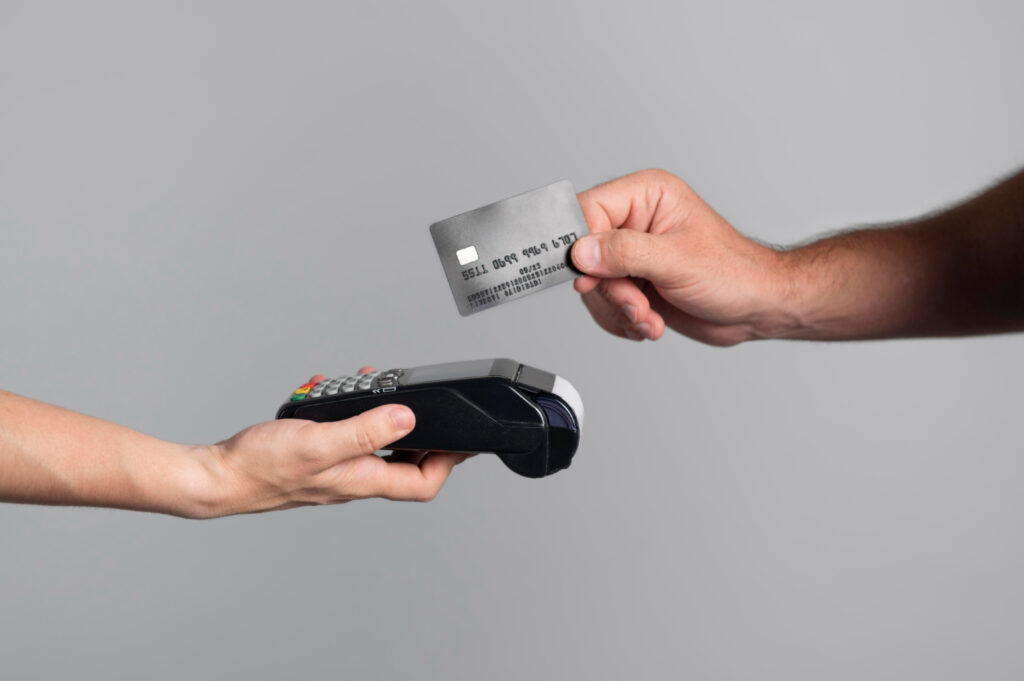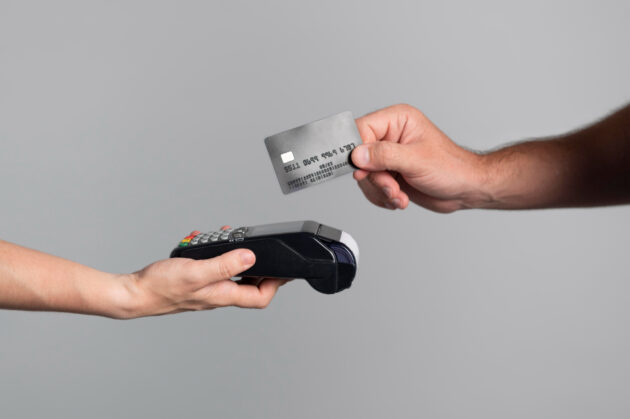
Creating a budget is a key step toward building long-term financial stability. It helps you plan your expenses, avoid unnecessary debt, and work toward short- and long-term goals. One of the simplest and most effective tools for budgeting is your debit card.
Table of Contents
Why Use a Debit Card for Budgeting?
A debit card offers a direct way to manage your finances by limiting your spending to the funds you already have. For example, a Visa debit card (tarjeta de débito Visa) makes it easy to stay on budget while tracking your purchases. It removes the temptation of spending borrowed money, making it easier to stay within your limits. You can monitor your transactions in real-time through mobile banking apps, giving you an instant view of your financial activity.
When you budget using your debit card, every purchase reflects your available balance, providing a clear picture of your financial health. This can help you develop stronger awareness and control over your money. Debit cards are accepted in most places, which means you can use them for nearly all your expenses without disrupting your budget tracking.
Track Your Expenses Automatically
One of the biggest advantages of using a debit card for budgeting is the automatic recordkeeping it provides. For example, when you use a Visa debit card (tarjeta de débito Visa), every purchase is logged in your account history, which you can review daily or weekly. This saves you the time and effort of manually writing down each transaction.
Many banks automatically organize your spending into categories such as food, transportation, utilities, and entertainment. By reviewing these summaries regularly, you can identify areas where you may be overspending. This makes it easier to make informed decisions and adjust your habits without relying on guesswork.
Create Category-Based Spending Limits
To start budgeting effectively, break down your monthly income into categories. Begin by listing your essential expenses, including rent, groceries, insurance, and transportation. Then, assign a portion of your income to discretionary expenses like dining out, hobbies, and shopping.
Using your debit card for each of these categories helps you see exactly where your money goes. For example, if you set a $300 limit for dining out, you can monitor your debit card transactions to ensure you don’t exceed that amount. This method creates clear boundaries while still giving you the flexibility to enjoy your money responsibly.
Use Apps and Alerts to Stay on Track
Many banks and financial platforms offer budgeting tools that work seamlessly with debit cards. These tools often include real-time purchase alerts, weekly spending summaries, and personalized budget insights. You can set up alerts to notify you when you’ve spent a certain amount in a specific category.
Some budgeting apps even connect directly to your debit card account, giving you a visual dashboard of your spending habits. These tools help keep you accountable without requiring extra effort. The more consistently you check your progress, the easier it becomes to stick to your budget.
Using your debit card regularly as part of your budgeting process can help you develop strong financial habits over time. Each purchase is a reminder to spend within your means and stay focused on your financial goals. Whether you’re saving for a future expense or simply trying to cut back on unnecessary purchases, budgeting with a debit card keeps you grounded. By building this habit, you also become more conscious of impulse spending. When your money is tied directly to your checking account, each swipe carries a greater sense of purpose. Over time, this approach can lead to a more disciplined and confident financial lifestyle.
